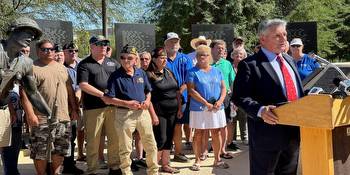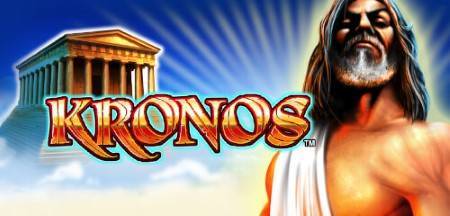Remembering Fort McDowell casino raid in 1992

It was a fine spring morning on Tuesday, May 12, 1992, when Fort McDowell casino employees responding to a noise at the door were greeted by a cadre of federal agents ready to move in and confiscate 349 slot machines that were in the casino.
Tomorrow marks the 30th anniversary of that day, with the events of the days and weeks that followed sparking a change that would impact Arizona and beyond.
Fort McDowell had a bingo operation in place for a number of years. When Congress authorized the Indian Gaming Act in 1988, they expanded the bingo hall and added the slot machines.
The situation had been building for several months, as government and tribal officials had been skirmishing with lawyers over the limits of tribal gaming operations.
On the morning of May 12, federal agents under orders from U.S. Attorney for Arizona Linda Akers moved to shut down five tribal casinos across the state that featured slot machines, including the Fort McDowell operation.
Agents had little trouble at four of the sites, but not so with Fort McDowell. As they prepared to roll out with moving vans filled with the slot machines, they found themselves literally boxed in by angry tribal members.
That May morning 30 years ago Fort McDowell residents used their own cars and trucks, as well as a human wall, to prevent the moving vans from leaving the casino parking lot.
Tribal officials called the Fort McDowell Sand and Gravel operation to bring some of its heavy equipment to help block the narrow Fort McDowell Road, at the time the only way off the reservation from the casino parking lot.
While a mass of people blocking the driveway presented one set of problems, massive quarry trucks parked in the middle of the road would prevent the vans from getting off the reservation if they got out of the parking lot.
This was the beginning of a standoff that would last about three weeks.
Then Governor Fife Symington came to Fountain Hills the afternoon of May 12 to sit down at Town Hall to negotiate a “cooling off” period with Yavapai Nation President Clinton Pattea.
This “cooling off” period provided the opportunity for Native Americans from all over the United States to gather at Fort McDowell to pow wow and protest the government crackdown.
During this time, one could wander the casino parking lot among the moving van trailers and a mix of tribal supporters in native dress, media and lawyers in suits.
The pow wow drumbeat was nearly endless during this time. Open a window for the cool night air in Fountain Hills and the continuous pounding on the drums could be heard.
About 200 tribal members, Native American supporters from across the U.S and Canada and others staged a two-day march from Fort McDowell to the Arizona State Capitol in Phoenix to protest what were in their view heavy-handed government tactics.
The moving vans eventually left Fort McDowell with their cargo of slot machines – weeks baking inside the vans in the hot May sun did little to help the sensitive electronics in the machines.
They were stored at a warehouse in Phoenix for a time, but eventually returned to a storage site in Fountain Hills where they were ultimately destroyed.
It was the day before Thanksgiving, Wednesday, Nov. 25, 1992, when Symington sat down with representatives of 16 Arizona tribal communities, including Pattea, and signed new gaming compacts for the reservations.
It was not all Tribal members had hoped for, but the agreement allowed the casino to reopen with 250 slot machines that could be placed anywhere on Tribal land, and the right to operate a casino 24 hours a day. They were unable to persuade state officials to allow casino style gaming such as blackjack, craps and roulette, though blackjack did come to the casino in later years with updated compacts.
Also, tribal leaders did not want state regulation of their gaming operations, but did concede that.
The standoff at Fort McDowell, along with ensuing public support, eventually brought the state to the negotiating table. It was that public support that came through again 10 years later when, in 2002, voters approved a statewide initiative that solidified and expanded the gaming compacts.
It seemed to many at the time that the standoff at Fort McDowell in 1992 was little more than a blip on the radar. However, in retrospect it was that small group of people standing firm against what they saw as government overreach that helped establish the Indian gaming system as it exists today in Arizona and across the country.






























